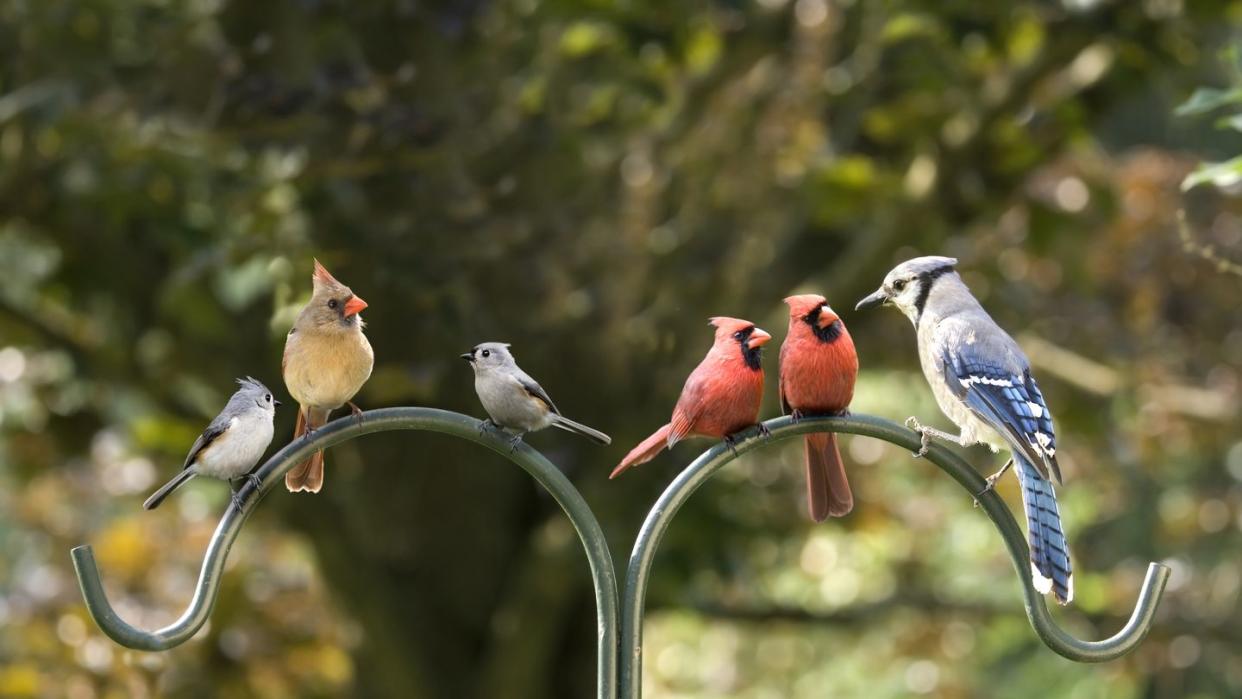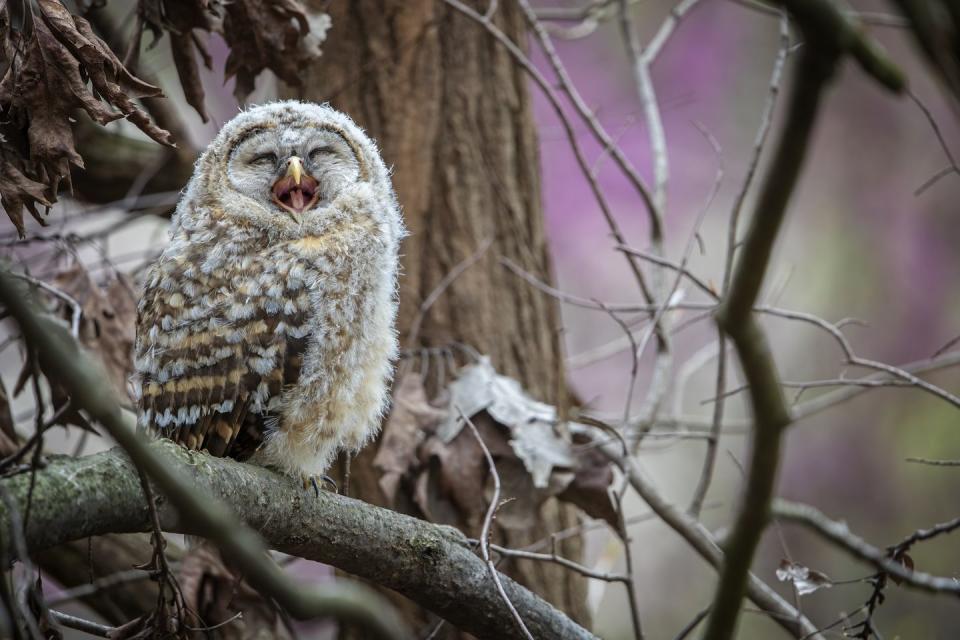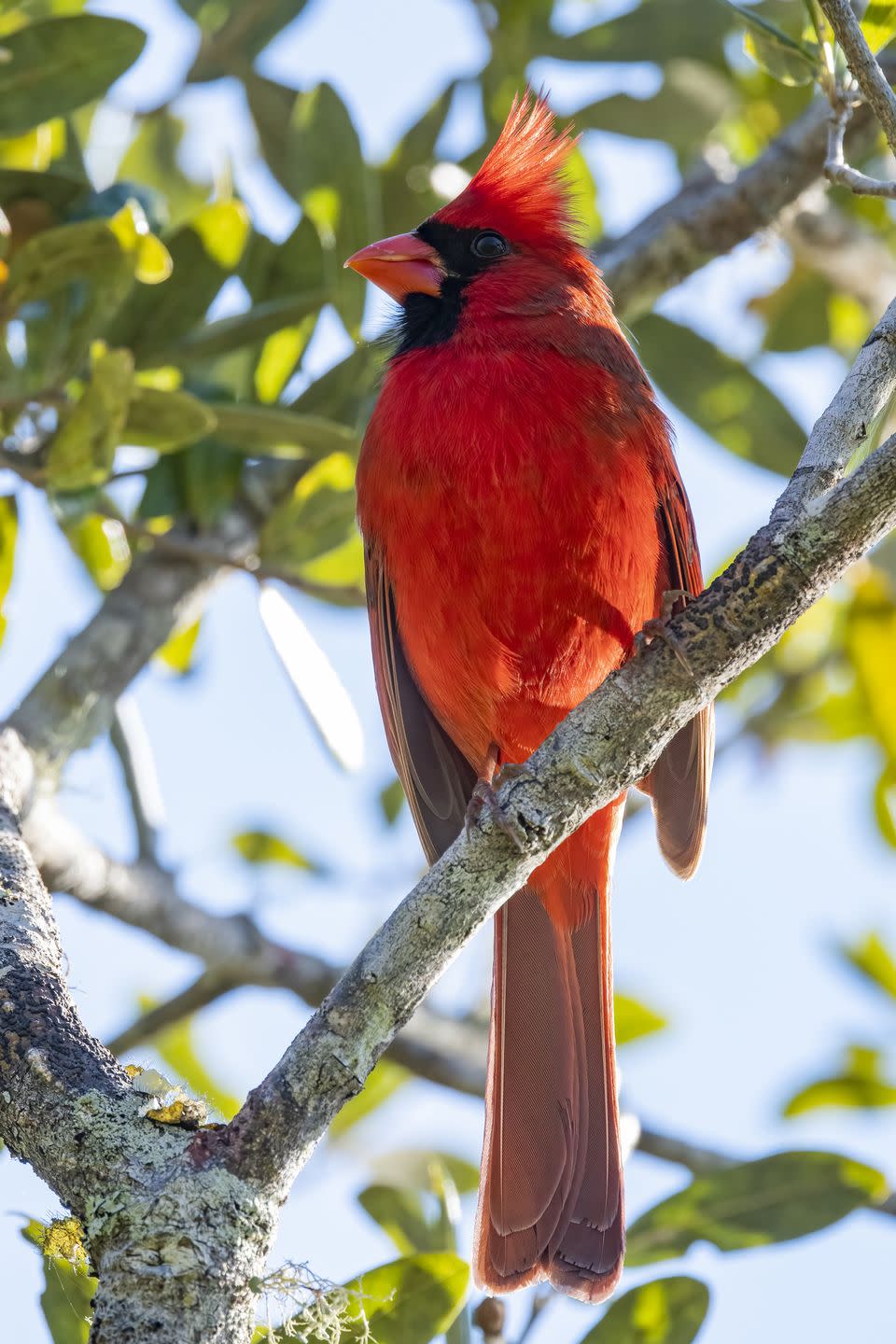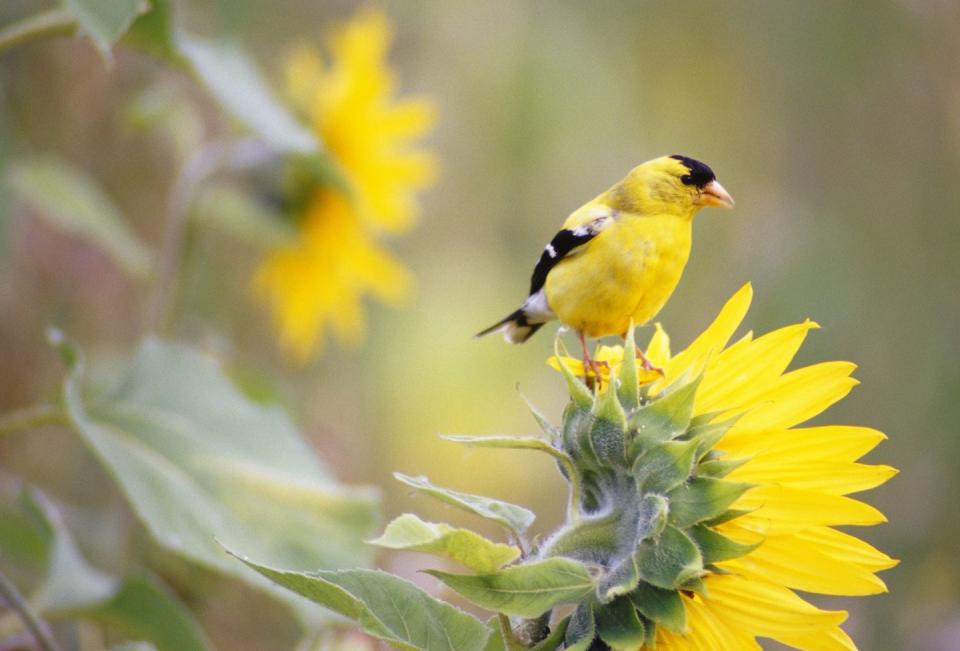Can't Tell a Wren from a Robin? Here Are Five Easy Ways to Recognize Birdsongs

Birdsongs, especially the dawn chorus when all manner of species show off their vocal capabilities in the hours around sunrise, are among the most beautiful sounds in nature (it’s also been reported to improve mental health). If you’re a birding enthusiast, learning to ID feathered friends by their songs is helpful, too, as it allows you to note which species are in the backyard or around the local area, even if you can't see the singer perched high in a tree.
But birdsongs are complex. Each one contains distinct elements like pitch, tone, rhythm, and repetition. If you’re a beginner birder, how can you tell if it’s a robin or sparrow or some other bird singing away?
Luckily, there are simple strategies and tools novices can use to get started. Here, Dr. Mike Webster, Director of the Cornell Lab of Ornithology's Macaulay Library and Professor of Ornithology, Dept. of Neurobiology & Behavior, offers five simple ways to begin building a birdsong IQ.
1. Start Small
“Identifying birdcalls can be a little daunting at first, as there can be dozens of species singing in your backyard,” says Dr. Webster. “So, start by learning just two or three songs of birds you can see. Then, move forward by adding one call at a time.”

2. Use Mnemonics
To help remember which song goes with which bird, “Some people find it helpful to use mnemonics,” says Dr. Webster. “You can picture the song in your head, creating a mental image of what the bird sounds like to you. For example, a yellow warbler has a very sweet song, so you might picture a yellow flower with sweet nectar. You’ll start to associate the sweet sound with the color yellow, and you have a yellow warbler.” Some songs also sound like phrases, making word association another method for easy recall (for example, a Barred Owl’s distinctive hoots evoke the question, “Who cooks for all of you?”).

3. Try Spectrograms and ID Apps
Another tool birders often turn to when learning calls are spectrograms, graphs that show the time, pitch, and volume of a birdcall as it’s played. “Humans tend to be visual creatures, so being able to see the elements of the sound and hear it at the same time means your ears and eyes reinforce each other,” says Dr. Webster. For some, stimulating the visual part of the brain can make song memorization easier.
Apps are also a handy way to identify birdsongs. Cornell Lab’s free Merlin Bird ID app currently covers 540 species found across North America and Canada. The app can record a birdsong and make suggested IDs and creates a spectrogram that can be replayed. “We designed Merlin to be a tool for people who aren’t used to identifying birds by ear or who are hearing a new bird for the first time,” says Dr. Webster. “The goal is to train users to recognize calls so that, eventually, they can just use their own ears.”
New birders can also train their ears while learning to read spectrograms via Bird Song Hero, an interactive bird call ID game.

4. Listen to Song Recordings in Your Spare Time
The Cornell Lab of Ornithology’s Macaulay Library contains a multimedia archive with more than 800,000 audio recordings of birds. It's free to browse, so beginning birders can train their ears by listening to songs and calls of birds found in their local area. The National Audubon Society’s Guide to North American Birds is another free online resource, where more than 800 North American bird species are catalogued with songs, photos, and info about their habitats and habits.
Another addictive (and adorable) spot for watching and listening to birds is Cornell Lab's Bird Cams channel on YouTube, which features live streams of species ranging from barred owls to ospreys.

5. Bird with a Partner
While birding can be a solitary pursuit, “Most people benefit from going out with a partner,” says Dr. Webster. “It's like tennis. You want to play with somebody who's just a tad bit better than you are, because you're going to learn a lot.” Going out with more experienced birders allows novices to ask questions and gain from others’ experience.
Just remember, “You don’t need to be an expert birder to enjoy birding,” says Dr. Webster. “If you know just a few species in your backyard and really take time to listen to them, watch them, and peacefully enjoy them, that’s birding.”
You Might Also Like

